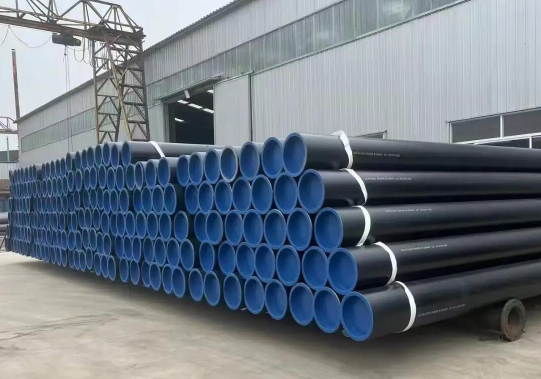
Differences between PSL1 and PSL2:
API 5L Seamless Steel Pipe(SMLS) PSL1 vs. PSL2:
- PSL2 is an advanced grade with stricter requirements on chemical composition, mechanical properties and testing, suitable for high pressure, low temperature or corrosive environment.

- Impact toughness: PSL2 requires Charpy impact test (minimum 27J at -20℃), while PSL1 does not have this requirement.
Key differences:
PSL2 requires impact toughness testing for all steel grades and limits the upper limit of yield strength to avoid brittle fracture caused by excessive hardness of the material.
3. Chemical composition control
- PSL2 has stricter limits on the content of impurities such as sulfur and phosphorus (sulfur ≤ 0.015%, phosphorus ≤ 0.025%), while PSL1 allows slightly higher limits (sulfur ≤ 0.03%, phosphorus ≤ 0.03%).Select PSL2: high pressure (>10MPa), low temperature (<-20℃), acidic environment containing H₂S or cross-border long-distance pipelines.
For safety-critical areas (such as nuclear power, deep-sea oil and gas), PSL2 seamless steel pipes are preferred.
|
Parameters |
PSL1 |
PSL2 |
|
Compressive strength (X52) |
≥414 MPa |
≥460 MPa |
|
Impact test |
Optional |
Mandatory (-20℃, 27J) |
|
Sulfur content |
≤0.03% |
≤0.015% |
|
Testing requirements |
Basic water pressure test |
Water pressure + non-destructive testing |
PSL2 advantage: UT testing of each pipe ensures that each steel pipe has no internal defects (such as delamination and inclusions).
2. Other influencing factors
Read more: ASME B36.10 / B36.19 Steel Pipe Dimensions & Sizes
